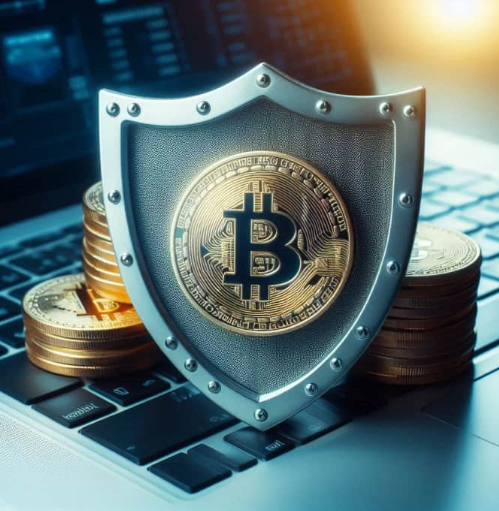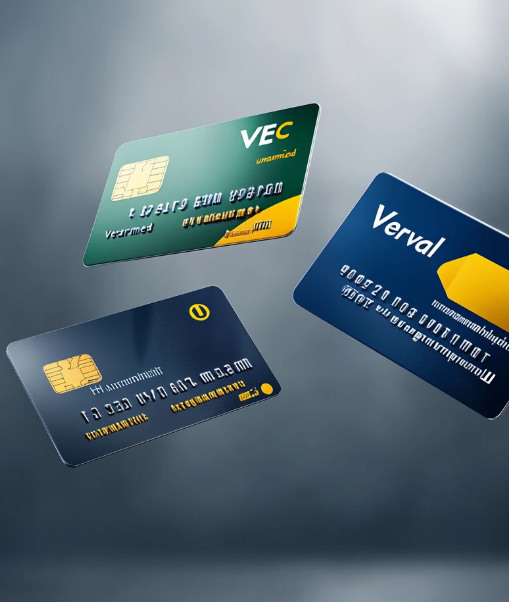As global commerce becomes more digitized, traditional payment systems are often too slow, costly, and outdated to meet the needs of modern businesses. Enter stablecoins—digital currencies pegged to fiat values like the US dollar—which are emerging as an effective way to streamline payments, especially when dealing with international suppliers.
This guide will walk you through the process of using stablecoins to settle supplier invoices and offer helpful strategies to get the most out of this efficient payment method.
Why Businesses Are Switching to Stablecoins
When transferring funds across borders, time delays and excessive fees can cause unnecessary friction. Stablecoins are addressing these pain points by offering:
- Rapid Settlement: Transactions are confirmed within minutes, not days.
- Lower Costs: By bypassing banks and payment processors, fees are significantly reduced.
- Transparent Transactions: All payments are recorded on public ledgers, reducing disputes.
- Stable Value: Pegged to fiat currencies, they don’t fluctuate like other cryptocurrencies.
- Wider Reach: Suppliers in underbanked regions can receive payments as long as they have a digital wallet.
A Step-by-Step Guide to Making Payments with Stablecoins
1. Select a Suitable Stablecoin
Popular options include:
- USDT (Tether): Widely used and supported on multiple blockchains.
- USDC (USD Coin): Known for regular audits and regulatory compliance.
- DAI: A decentralized coin backed by crypto collateral.
Choose based on your supplier’s preferences, transaction costs, and network compatibility.
2. Set Up a Digital Wallet
To send and receive stablecoins, you’ll need a compatible crypto wallet. Options include:
- Mobile/Desktop Wallets: Apps like Trust Wallet or MetaMask.
- Hardware Wallets: Devices such as Ledger or Trezor for secure storage.
Make sure the wallet supports the blockchain you intend to use—Ethereum, Solana, Polygon, etc.
3. Purchase Stablecoins
Ways to acquire them include:
- Centralized Exchanges: Use platforms like Binance or Coinbase to convert fiat into stablecoins.
- Over-the-Counter (OTC) Services: Ideal for larger transactions, offering personalized service.
- Decentralized Exchanges (DEXs): Trade crypto for stablecoins using platforms like Uniswap.
Transfer the coins to your business wallet after purchase.
4. Confirm Supplier Wallet Details
Verify the exact wallet address and network your supplier uses. Sending funds to the wrong address or on an incompatible blockchain can result in permanent loss. A small test payment is a smart way to confirm accuracy.
5. Send the Payment
Initiate the transaction through your wallet:
- Select “Send”
- Input the supplier’s address
- Enter the stablecoin amount
- Confirm the details and approve the transaction
Most payments settle quickly, depending on blockchain traffic.
6. Notify Your Supplier
After sending, share the transaction ID (TXID) with your supplier so they can verify the transfer on a blockchain explorer.
Best Practices for Smooth Stablecoin Transactions
- Understand Tax Responsibilities: Laws vary, so consult a tax advisor regarding reporting obligations.
- Secure Your Wallets: Use 2FA and hardware wallets to protect assets.
- Plan for Network Fees: Gas fees can fluctuate—consider using lower-cost blockchains when possible.
- Set Clear Terms: Define blockchain preferences and refund policies in contracts.
- Keep Records: Log every payment for transparency and financial audits.
Navigating Common Challenges
Despite the advantages, some obstacles remain:
- Evolving Regulations: Compliance is a moving target. Stay informed about laws in all operating regions.
- Gas Fee Volatility: Schedule payments during times of lower network activity or explore layer-2 networks.
- Adoption Barriers: Educate suppliers who may be unfamiliar with digital assets.
- Security Risks: Always double-check transaction details and consider using smart contracts for high-value payments.
What’s Next for Stablecoin Payments?
Stablecoins are expected to play an increasingly central role in business-to-business finance. Future developments like programmable money, escrow automation, and deeper DeFi integration will only boost their appeal.
As regulatory frameworks become clearer, more companies are likely to incorporate stablecoins into their payment infrastructure—not just as an alternative, but as a strategic advantage.
Final Thoughts
Using stablecoins to pay suppliers offers a practical way to modernize payment processes. With faster transfers, lower fees, and enhanced traceability, businesses can improve efficiency and strengthen supplier relationships. By following best practices and staying ahead of industry trends, your company can confidently embrace this evolving financial tool.
Stablecoins are not just a passing trend—they’re redefining the future of business payments.













